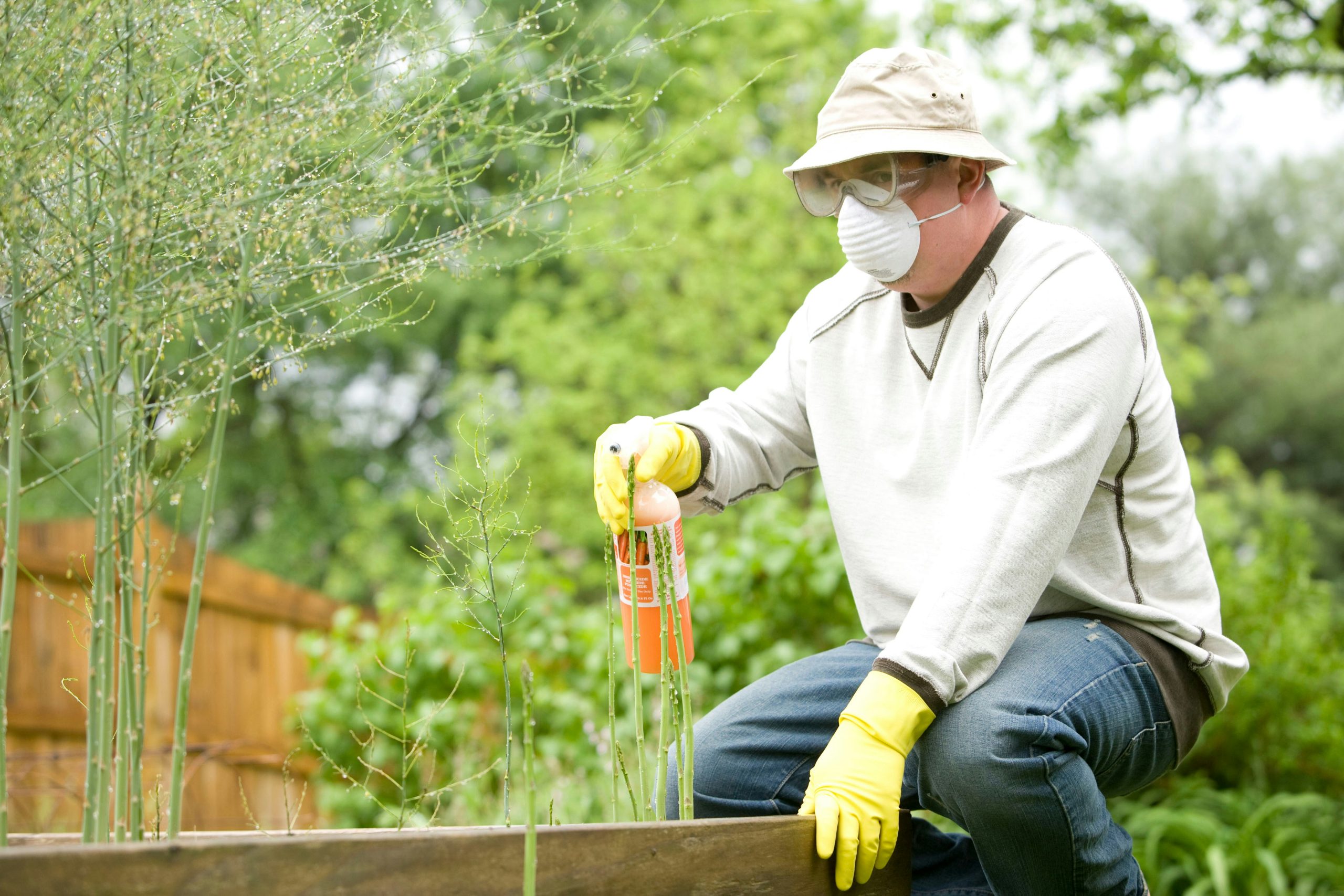How Pest Control Has Shaped Human History: A Timeline of Techniques and Tools

Pests have been a nuisance to humans for thousands of years, threatening food supplies, spreading diseases, and damaging property. From the earliest days of agriculture to modern urban environments, pest control has been essential to human survival. Over time, methods have evolved from rudimentary techniques to sophisticated chemical and biological solutions. This article explores the fascinating history of pest control, tracing its development from ancient times to the present.
Pest Control in Ancient Civilizations
Early Agricultural Societies
The need for pest control likely began with the advent of agriculture around 10,000 years ago. As humans transitioned from hunter-gatherer societies to settled farming communities, they faced new challenges in protecting their crops from insects, rodents, and other pests.
- Ancient Egypt: One of the earliest recorded pest control uses comes from ancient Egypt. Farmers used cats to protect grain stores from rodents, a practice that proved highly effective. Egyptian culture even revered cats for their role in keeping pests at bay.
- Mesopotamia: In ancient Mesopotamia, farmers employed more direct methods like burning fields after harvests to eliminate pests hiding in crop remnants.
Natural Remedies and Religious Practices
Many ancient civilizations also relied on natural remedies and religious practices to manage pests.
- China: Around 3,000 BCE, Chinese farmers used ants as a biological pest control. They encouraged colonies of predatory ants in citrus orchards to combat insect infestations.
- Greece and Rome: The Greeks and Romans believed certain gods could protect crops from pests. Offerings were made to agricultural deities in hopes of divine intervention.
Medieval Approaches to Pest Control
Superstition and Folklore
During the Middle Ages, pest control was often intertwined with superstition and folklore. People believed pests were sent by evil spirits or as punishment for sins. As a result, many pest control methods involved religious rituals or symbolic actions rather than practical solutions.
- Exorcisms and Charms: In some regions, exorcisms were performed to rid homes or fields of pests like rats or locusts. Farmers would also use charms or incantations to ward off infestations.
- Cats and Dogs: Despite the widespread belief in supernatural causes for pest problems, practical measures like keeping cats or dogs around grain stores were effective against rodents.
Early Chemical Solutions
As knowledge about plants and their properties grew during this period, people began experimenting with natural substances to repel or kill pests.
- Sulfur: Sulfur was one of the first chemical compounds used for pest control. It was burned in homes or fields to deter insects.
- Herbal Remedies: Farmers also used herbal concoctions made from plants like mint or wormwood to repel insects from crops.
The Renaissance and Scientific Advancements
The Birth of Modern Pest Control
The Renaissance brought about significant advancements in science and technology, which profoundly impacted pest control methods.
- Nicolaus Copernicus (1473–1543): While better known for his work in astronomy, Copernicus also contributed to agricultural science by studying the effects of crop rotation on pest populations.
- Scientific Observation: Scientists began observing insect behavior more closely during this period. This led to the development of more targeted pest control techniques based on understanding life cycles and habitats.
Early Pesticides
The 17th century saw the introduction of early chemical pesticides.
- Tobacco Extracts: Nicotine-based insecticides were used as early as 1690 when extracts from tobacco plants were applied to crops as a deterrent against aphids.
- Arsenic Compounds: Arsenic was another popular pesticide during this era, though it was highly toxic to both pests and humans and animals.
Industrial Revolution and Beyond
The Rise of Chemical Pest Control
The Industrial Revolution brought about rapid urbanization, which led to new challenges in managing pests in densely populated areas.
- Rodent Control: Rats became a significant city problem during the 19th century due to poor sanitation. Traps and poisons were widely used as a means of controlling rodent populations.
- Insecticides: The development of synthetic chemicals like DDT in the mid-20th century revolutionized pest control by providing an effective solution against various insects. DDT was initially hailed as a miracle pesticide but was later banned due to its harmful environmental effects.
Biological Pest Control
As concerns over the environmental impact of chemical pesticides grew in the late 20th century, scientists began exploring alternative methods like biological pest control.
- Predators and Parasites: Biological control involves introducing natural predators or parasites into an ecosystem to keep pest populations in check. For example, ladybugs are often released into gardens because they feed on aphids.
- Genetic Engineering: Genetic advances have also opened up new possibilities for controlling pests through sterile insect release programs, where sterilized male insects are released into the wild to reduce reproduction rates.
Modern Pest Control Practices
Today’s pest control industry blends traditional methods with cutting-edge technology. Integrated Pest Management (IPM) is widely regarded as one of the most effective approaches for managing pests while minimizing harm to humans and the environment.
Integrated Pest Management (IPM)
IPM combines multiple strategies—biological controls, habitat modification, chemical treatments—into a comprehensive plan tailored for specific environments.
- Monitoring: Regular monitoring is essential for identifying potential infestations early.
- Prevention: IPM focuses on preventing infestations before they start by making environments less hospitable for pests (e.g., sealing cracks in buildings).
For those living in urban areas where pests are prevalent year-round due to favorable conditions such as warm climates or abundant food sources, services like pest control Las Vegas offer tailored solutions that combine modern techniques with local expertise.
Conclusion
From ancient civilizations using cats and sulfur fumes to modern-day Integrated Pest Management systems, the history of pest control reflects humanity’s ongoing struggle against nature’s smallest invaders. As our understanding of ecology grows alongside technological advancements, we continue refining our methods—striving for efficiency and sustainability in our efforts against pests.




